TALK TO A DESTINATION EXPERT

Diego Zapata

Rosa Mena

Sandy Lara

Diego Zapata

Rosa Mena

Sandy Lara
Located in the Pacific Ocean, the Galapagos Islands are an archipelago of volcanic islands surrounding the equator. Situated beneath the South American Plate, the islands are part of the Nazca Plate, an active tectonic plate. Every island formed as the Nazca Plate moved due to an active mantle plume. The Wolf Volcano on the western island of Isabela saw the most recent active volcanic eruption in May 2015. The geology of the Galapagos Islands has significantly influenced the development of life. While on vacation, a solid understanding of the Galapagos Islands’ geology will help you appreciate the beauty and distinctive qualities each island offers.
A volcano is an island.
Except for the largest island, every central Galapagos island is home to a separate volcano—six volcanoes combined to form Isabela, a single landmass rising above sea level. Isabela is a young landmass, having originated from these six volcanoes approximately 2 million years ago. Volcanically, the westernmost islands are the most active. Every western island is growing and adding height and land area due to ongoing lava flows and eruptions. The volcanic activity is also causing the islands to continue changing in shape. As a result, the Galapagos’ volcanic composition and geologic diversity are directly responsible for their spectacular splendor.
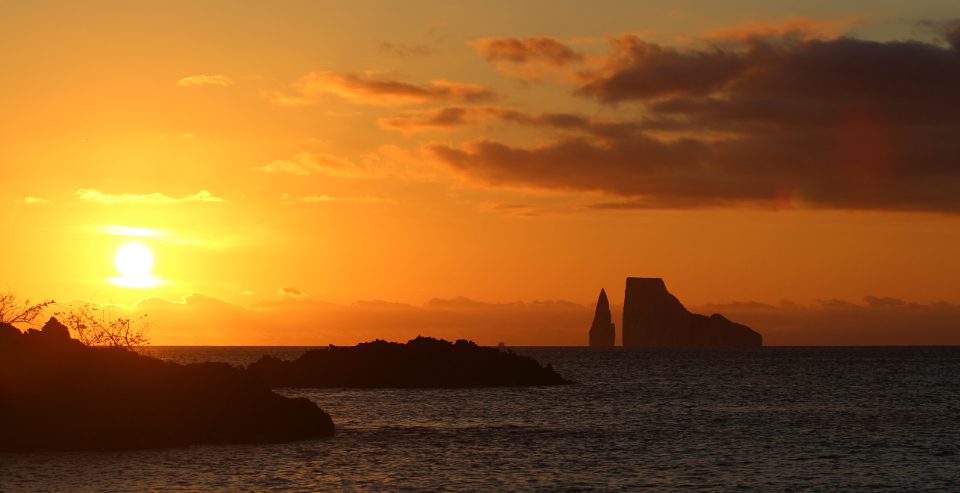
The islands are becoming more prominent and more distant.
The unique spherical shape of the young islands is associated with volcanic activity, according to the geology of the Galapagos Islands. The reason for this is the ongoing volcanic outbursts. The island grows more extensive and taller with each eruption as a new layer of solid material is placed on it. Like continental volcanoes, explosions happen at fissures rather than from a central conduit. On average, every island’s height increases by roughly 3 to 4 inches annually. Features like cliffs and steep slopes that rise above the water result from the eruptions. The height of the islands above sea level varies from a few meters to almost 5,000 feet. The Galapagos Islands have had over fifty volcanic explosions in the last 200 years. The distinctive flora and fauna have inhabited the new territory that these eruptions have created. The emergence of new regions has also given rise to chances for evolution, as evidenced by the pāhoehoe lava flow on Santiago Island and other recent eruptions. Charles Darwin saw both older and younger islands, which led to a complete diversity of opinions about the Galapagos Islands’ geology.
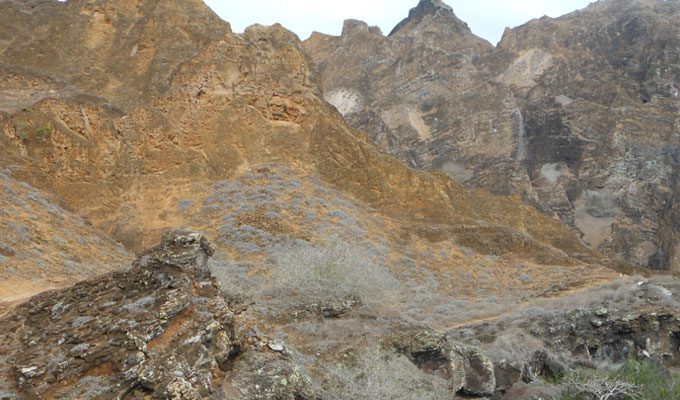
Compared to the western islands, the eastern islands are older.
Explore the Galapagos Geology onboard Yacht La Pinta!
The oldest islands in the group are those closest to the shore of South America. The easternmost islands are Española and San Cristobal. The hot region where lava pours up and out of the Earth’s crust was crossed by the Nazca tectonic plate, which has been moving eastward forever. This made it possible for distinct eruptions to form on each island. At the western extremity of the chain, Isabela and Fernandina are younger than San Cristobal and Española by millions of years. This implies that you might witness various volcanic sceneries and features on the islands during your visit.
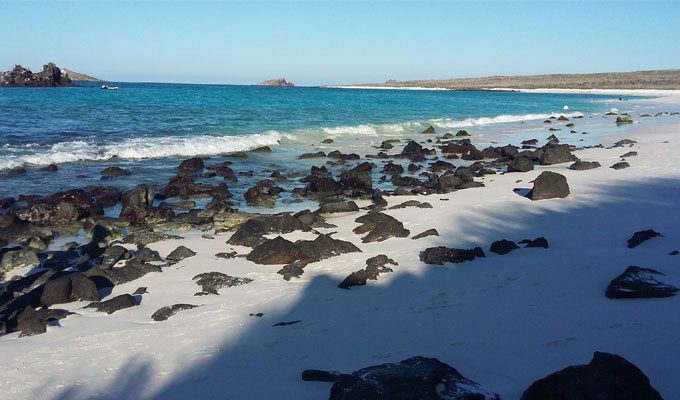
THE FLORA AND FAUNA OF THE OLDER ISLANDS ARE MORE VARIED.
Rock and ash weighing hundreds of thousands of tons are released during volcanic eruptions. New surfaces are formed when the lava flows solidify, and the debris settles. The granite is broken down and transformed into soil by wind and the waves of the Pacific Ocean. The older islands have deeper soil because of their antiquity and the length of time it takes for rocks to break down into productive soil. Numerous plants thrive on the rich volcanic soil. Trees can take root because of the soil’s depth. Extensive forests can be found on the older islands because of their excellent soil. For animals, the forests and densely covered areas make ideal habitats. The animals can survive because of the food and shelter the plants and trees give them. The older islands have a more comprehensive range of flora and animals that you might find when visiting the islands.
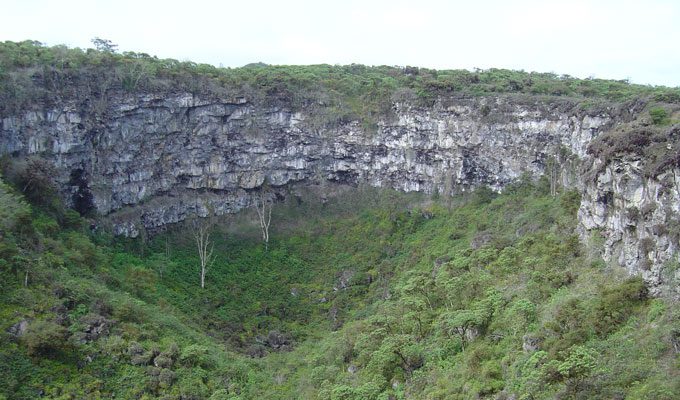
GEOLOGY OF THE GALAPAGOS ISLANDS: AUNITABLE LAND FEATURES
The geology of the Galapagos Islands contains numerous peculiar terrain characteristics due to its volcanic past. Compared to the general size of the volcanoes, the Galapagos’ volcanic calderas are enormous. Due to ongoing eruptions, the calderas have occasionally cracked on one or more sides. Because of their lower height, calderas provide unique microclimates that support a variety of flora and fauna. In addition to collecting water, these places typically experience more constant temperatures than those at higher elevations. Darwin’s Bay was formed on Genovesa Island when a portion of the caldera broke away and descended below sea level. The continental shelf is colonized by marine life thanks to these shallow spots, creating sheltered regions where larger fish and marine mammals can approach the coast and unique collections of tropical species. The thickest lava flows when the volcanoes were active, and weathering has resulted in the deepest calderas on the easternmost islands. Exploring the islands is thrilling because of the shallower, more gently sloping calderas in the western isles.
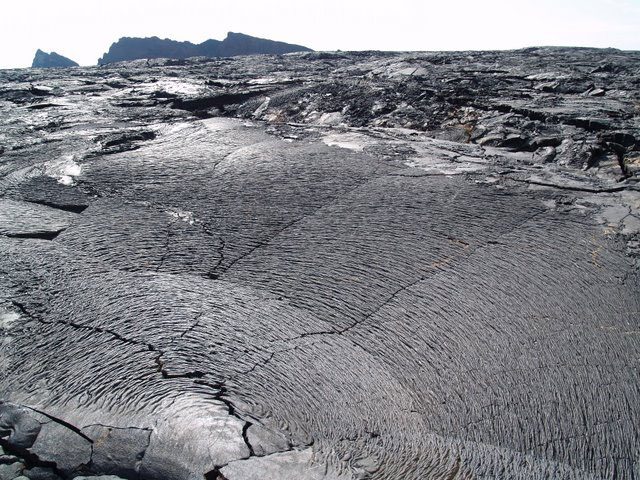

Javier Garcia

Eduardo Silva

Carolina Escobar
START PLANNING YOUR TRIP

Javier Garcia

Eduardo Silva

Carolina Escobar
Get in touch for more
CONTACT US
Blog Reviewed & Edited by: Francisco Dousdebés
All Images: Francisco Dousdebés

